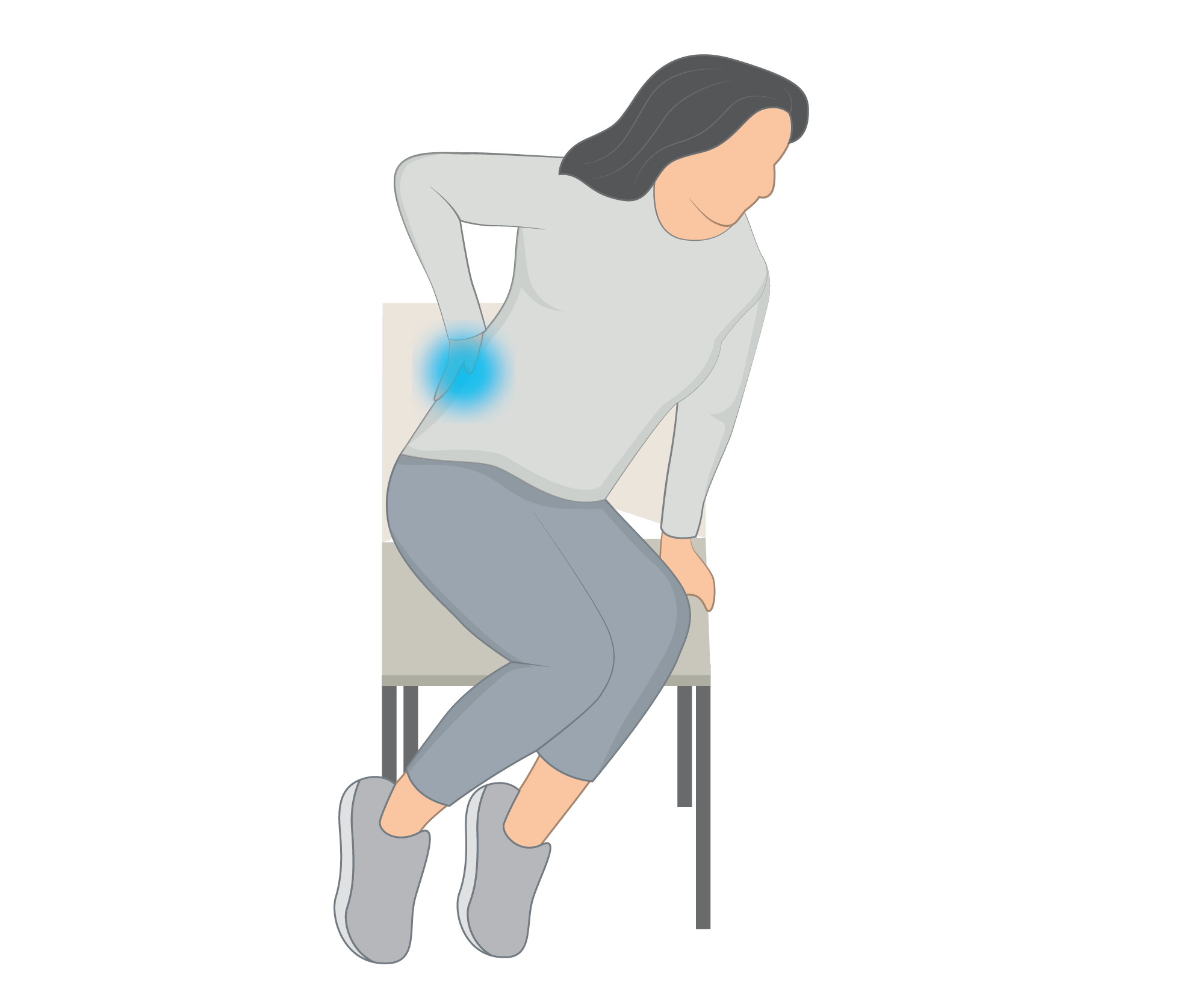
A Common Source of Pain
THE SACROILIAC JOINT
Learn more about SIJ dysfunction and it’s prevalence below.
What is Sacroiliac Joint Dysfunction and Pain?
Sacroiliac joint pain is a condition where you experience discomfort in the joints that connect the sacrum (the triangular bone at the base of your spine) to the ilium (part of your pelvis). These joints help support your upper body and transfer weight to your legs. When these joints become inflamed or irritated, it can cause pain in the lower back, buttocks, and even down the legs. This pain can be worsened by activities such as standing, walking, or climbing stairs.
How common is sacroiliac joint pain?
Low back pain (LBP) is among the most common human health problems, with a global prevalence of 9.4% and a yearly prevalence of 38%. It and accounts for half of years lived with disability (YLD) due to a musculoskeletal disorder worldwide. In fact, the Sacroiliac Joint has been estimated to contribute to pain in 10–38% of patients experiencing low back pain.
How do SI Joints become painful?
SI joint pain can arise from dysfunction, inflammation, or trauma affecting the sacroiliac joints. Structural issues, imbalances in the spine or pelvis, and certain medical conditions may place abnormal stress on the SI joints, leading to pain.
The pain is typically felt in the lower back and buttocks, worsened by certain activities, and a comprehensive evaluation by a healthcare professional is needed for accurate diagnosis and appropriate treatment.
What are the symptoms of SI joint pain?
1 in 4 Patients
With lower back pain discover the Sacroiliac Joint is the source of their pain.
3 in 4 Patients
Who have had previous lumbar fusion surgery experience SI Joint Degeneration.
Why Choose SI Joint Fusion with VYRSA™?
Patients may consider minimally invasive SI joint fusion as a treatment option for pain relief because it offers several advantages. This approach involves smaller incisions, reduced tissue trauma, quicker recovery time, and potential for long-term pain relief by stabilizing the joint and promoting fusion, thus addressing the underlying cause of the pain.








